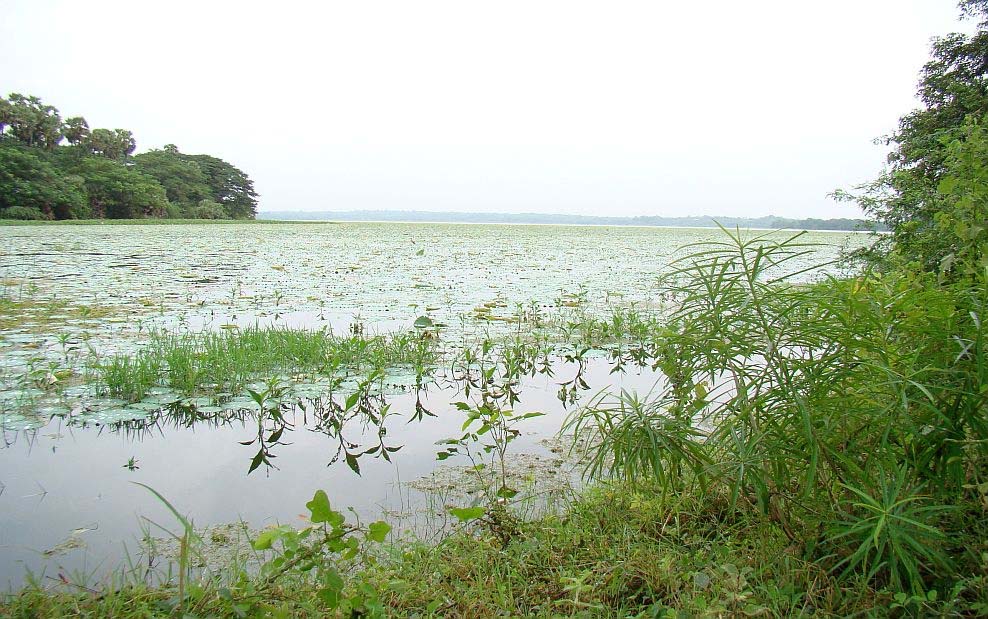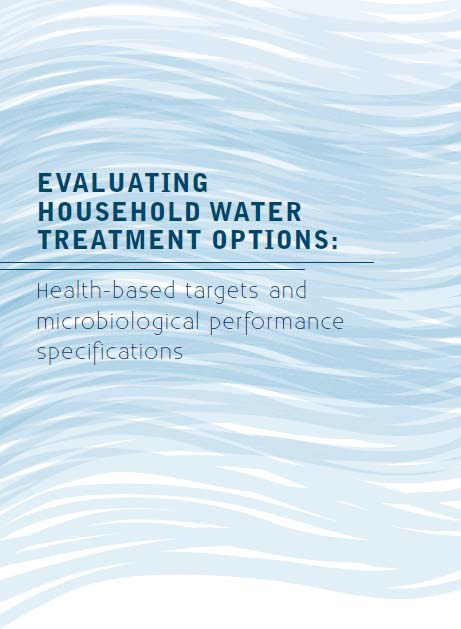/sub-categories/research-papers
Research Papers
Conservation of Ousteri lake in Puducherry - Draft Comprehensive Management Action Plan by SACON
Posted on 26 Jul, 2011 11:54 AM This Comprehensive Management Action Plan by the Salim Ali Centre for Ornithology and Natural History (SACON) deals with the various conservation and management interventions that can be taken up for long-term sustainability of Ousteri lake, the largest lake in Puducherry.
This Comprehensive Management Action Plan by the Salim Ali Centre for Ornithology and Natural History (SACON) deals with the various conservation and management interventions that can be taken up for long-term sustainability of Ousteri lake, the largest lake in Puducherry.
Wetlands in urban areas have always been exploited for several purposes due to anthropogenic activities. However, such activities may lead to alteration of wetland characteristics and thus cause changes in species composition and density. The Ousteri Lake (Oussudu Eri in Tamil) is rich in flora and fauna and is known to provide several ecological services including recharging underground aquifers and providing several livelihood options for the local community.
Guidelines of the Central Rural Sanitation Programme and Total Sanitation Campaign by the Department of Drinking Water and Sanitation (2011)
Posted on 25 Jul, 2011 07:30 PMThis document by the Department of Drinking Water and Sanitation deals with the guidelines of the Central Rural Sanitation Programme (CRSP) and Total Sanitation Campaign (TSC). India’s first nationwide programme of rural sanitation, the CRSP was launched in 1986, while TSC was launched in 1999 with the aim of ending open defecation.
Kailash sacred landscape conservation initiative - Feasibility assessment report by ICIMOD
Posted on 25 Jul, 2011 03:19 PM This publication by International Centre for Integrated Mountain Development (ICIMOD) deals with Kailash Sacred Landscape Conservation Initiative (KSLCI), a project that seeks to conserve and sustainably manage a highly unique and special landscape through the application of trans-boundary ecosystem management approaches.
This publication by International Centre for Integrated Mountain Development (ICIMOD) deals with Kailash Sacred Landscape Conservation Initiative (KSLCI), a project that seeks to conserve and sustainably manage a highly unique and special landscape through the application of trans-boundary ecosystem management approaches.
This region, like much of the rest of the Hindu Kush-Himalayas, faces many challenges, not the least of which are global warming, globalisation and environmental degradation. The Kailash region is considered sacred to five major religions and to a large number of people in Asia and throughout the world. This area is historically, ecologically, and culturally interconnected and is the source of four of Asia’s most important rivers.
The KSLCI is an attempt on the part of the three neighbouring countries of India, China and Nepal to join hands to help preserve the unique biological diversity, the many ecosystem goods and services, and the value-based cultural heritage of one of the most revered and sacred landscapes in the world.
Public support to food security in India, Brazil and South Africa – Elements for a policy dialogue – A working paper by International Policy Centre for Inclusive Growth
Posted on 21 Jul, 2011 08:52 AM Together, India, Brazil and South Africa have about 20 per cent of the world’s population. Although the three countries have demonstrated the potential for transformative development in the South, their experience has been marked by key challenges such as relatively high levels of poverty, inequality and food insecurity, problems that persist for significant numbers of people.
Together, India, Brazil and South Africa have about 20 per cent of the world’s population. Although the three countries have demonstrated the potential for transformative development in the South, their experience has been marked by key challenges such as relatively high levels of poverty, inequality and food insecurity, problems that persist for significant numbers of people.
There is a potential to build a network of academics and experts from Brazil, India and South Africa, and food security is among the themes of great interest. This paper seeks to contribute to this process by examining pertinent elements of policy dialogue. As regards food security, each of these countries has developed conceptions and orientations that guide their policy agendas. They include distinctive treatments of several multi-dimensional strategies, multi-stakeholder arrangements and rights-based approaches.
Threat of land subsidence in and around Kolkata City and East Kolkata Wetlands – A paper in Journal of Earth System Science
Posted on 18 Jul, 2011 07:33 PMThis paper in Journal of Earth System Science attempts to estimate the possible rate of land subsidence of Kolkata City including Salt Lake City and the adjoining East Kolkata Wetlands located at the lower part of the deltaic alluvial plain of South Bengal basin. Land subsidence is an environmental hazard which is caused by overdraft of groundwater or oil extraction and results in gradual settling or sudden sinking of the earth’s surface owing to subsurface movement of the materials of the earth.
Impact of climate change on extreme rainfall events and flood risk in India – A paper in Journal of Earth System Science
Posted on 18 Jul, 2011 06:27 AMThe occurrence of exceptionally heavy rainfall events and associated flash floods in many areas during recent years prompted the researchers to study long-term changes in extreme rainfall over India.
Geospatial tools for assessing land degradation in Budgam district of Kashmir Himalaya – A paper in Journal of Earth Systems Science
Posted on 18 Jul, 2011 06:08 AMLand degradation reduces the ability of the land to perform many biophysical and chemical functions. The main aim of this study was to determine the status of land degradation in the study area using remote sensing and geographic information system.
Assessing variability of water quality in a groundwater-fed perennial lake of Kashmir Himalayas using linear geostatistics – A paper in Journal of Earth System Science
Posted on 17 Jul, 2011 08:47 PMThe study of the hydrochemistry of the Manasbal lake was done to find out whether the lake water was fit for drinking, irrigation and other purposes.
Maps generated from the integration of water level data of Central Ground Water Board and State Ground Water Board
Posted on 17 Jul, 2011 03:49 PMThe CGWB under the Ministry of Water Resources, Government of India, is the national apex agency entrusted with the responsibilities of providing scientific inputs for management, exploration, monitoring, assessment, augmentation and regulation of ground water resources of the country.
Evaluating household water treatment options
Posted on 17 Jul, 2011 02:11 PM This document by the World Health Organisation, for the first time, sets forth global criteria to evaluate whether a household water treatment option reduces waterborne pathogens sufficiently to protect health. Through use of a risk-based framework and by emphasizing the philosophy of incremental improvement, it is intended to provide implementers and policy-makers with an evidence-based and pragmatic approach to select options suited to local conditions.
This document by the World Health Organisation, for the first time, sets forth global criteria to evaluate whether a household water treatment option reduces waterborne pathogens sufficiently to protect health. Through use of a risk-based framework and by emphasizing the philosophy of incremental improvement, it is intended to provide implementers and policy-makers with an evidence-based and pragmatic approach to select options suited to local conditions.
Household water treatment interventions may play an important role in protecting public health where existing water sources, including those delivered via a piped network or other improved sources, are untreated, are not treated properly or become contaminated during distribution or storage. Household water treatment applications are a range of technologies, devices or methods employed for the purposes of treating water at the household level or at the point of use in other settings, such as schools, health-care facilities and other community locations. Point-of-use water treatment is another term used for household water treatment.